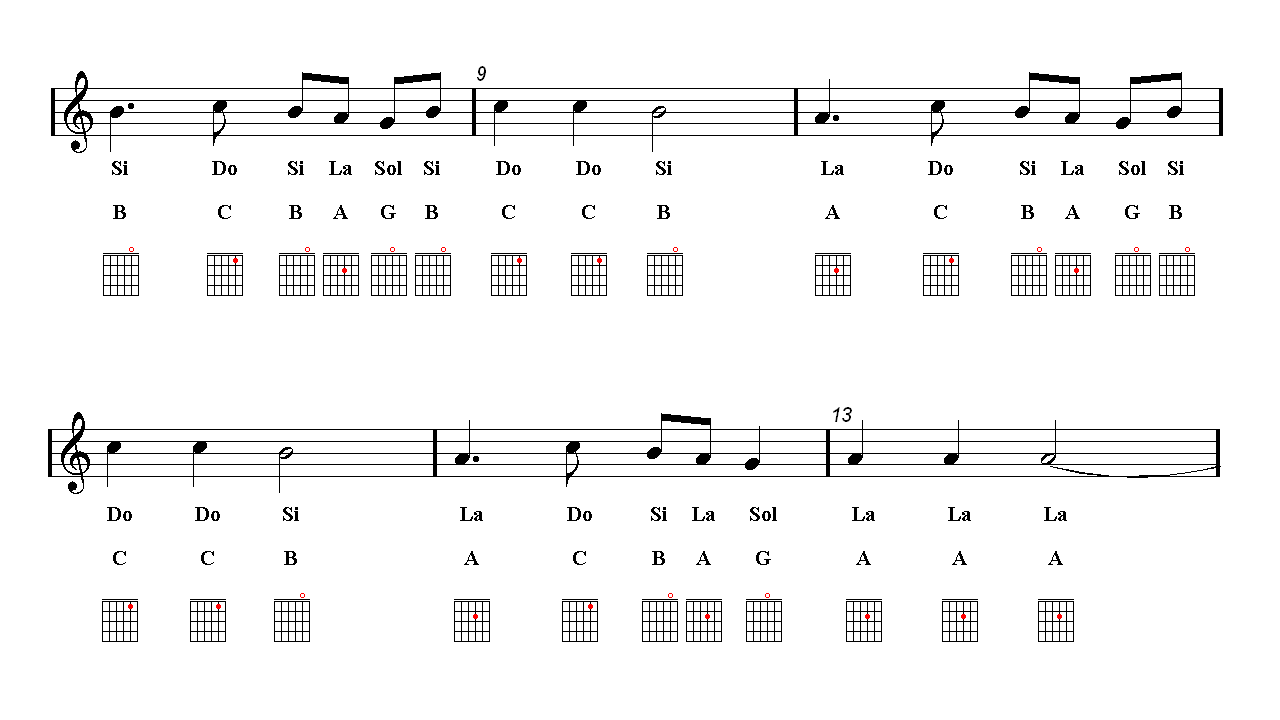

What you find is that measurement A goes up and down, while measurement B remains fairly steady. Let’s say that every hour you take two measurements, measurement A and measurement B. This would be an example of a circuit that Bateson referred to. In the case of the monkey’s prose, one possibility could be that the typewriter is programmed in such a fashion that no matter what key is pressed, a preprogrammed prose is generated. But here, we are looking at cybernetic phenomenon where constraints are present, and they guide the outcome. If we have enough chances, we will see at least one event, where a monkey can type out a work of Shakespeare (sometimes referred to as Infinite Monkey theorem). When there are no constraints, we can say that all events are equally likely. Larry Richards notes that Bateson used the term “restraint” referring to the approach of Cybernetics as “negative explanation”, focusing on what is not desirable, rather than what is. In fact, the “restraints” upon which cybernetic explanation depends can in all cases be regarded as factors which determine inequality of probability If we find a monkey striking a typewriter apparently at random but in fact writing a meaningful prose, we shall look for restraints, either inside the monkey or inside the typewriter… Somewhere there must have been a circuit which could identify error and eliminate it.īateson’s use of the word “restraints” is comparable to “constraints”. In contrast to this, cybernetic explanation is always negative… In cybernetic language, the course of events is said to be subject to restraints, and it is assumed that, apart from such restraints, the pathways of change would be governed only by equality of probability. We say that billiard ball B moved in such and such a direction because billiard ball A hit it at such and such an angle. He said:Ĭausal explanation is usually positive. He used the example to explain “cybernetic explanation”, as he termed it. This example was given by the great anthropologist cybernetician, Gregory Bateson. What could be an explanation for this phenomenon? Strange enough, what you see typed on the paper so far is legible prose complete with grammar and semantics.

You slowly approach him from behind, and try to see what is being typed on the paper. You become curious as to what is happening.

You see a monkey on a park bench, busily typing away. Imagine that you are on your daily walk in the park.


 0 kommentar(er)
0 kommentar(er)
